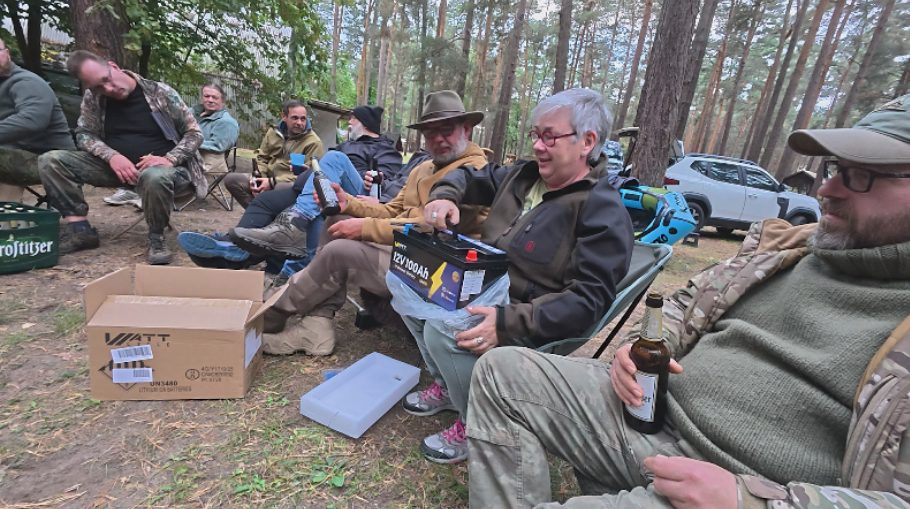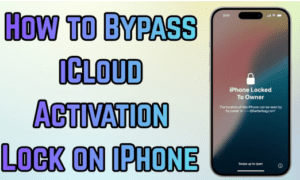Many RV travelers get excited when holiday deals roll in because upgraded power usually means longer off-grid peace and fewer generator headaches. Holiday road trips create pressure to prepare quickly, and a flashy discount feels like the perfect shortcut toward energy independence. I’ve taken that shortcut more than once and learned painfully that the cheapest battery often becomes the most expensive mistake a few months down the road. Now I approach big November sales differently, especially when planning Thanksgiving travel or winter snowbird journeys toward warmer beaches.
Why RV batteries look cheap on Black Friday but often aren’t
Major retailers highlight the biggest percentage drop rather than the most useful features, causing shoppers to ignore deeper numbers. Some brands shrink capacity while keeping labels large, creating confusion for inexperienced drivers. Kits sometimes look complete, though important connectors or chargers are quietly removed to lower their displayed price.
Pairing the wrong charger forces emergency store visits during long trips, which becomes costly and frustrating. False urgency phrases push people to buy instantly instead of comparing real specifications calmly. I once rushed during a holiday countdown timer and discovered the battery couldn’t run my fridge beyond eight disappointing hours. That memory keeps me focused now because I would rather sip cocoa under starry desert skies than troubleshoot another half-powered system.
Black Friday isn’t entirely bad when approached with patience, so ignoring hype helps protect both mood and budget. Choose bargains grounded in transparent engineering rather than colorful advertisements promising endless adventure without evidence.
Specs that actually matter for RV travel
An appealing battery capacity number alone won’t determine reliable performance during remote camping days filled with cooking, charging, and heating. What actually matters can be checked quickly when buyers know what to look for consistently.
Key specs worth comparing include:
- Battery chemistry — LiFePO4 offers long life, stable temperature performance, and safer design.
- Cycle count — Higher cycle ratings save long-term money during frequent trips.
- Continuous discharge rating — Critical for microwaves, induction cooktops, and espresso makers.
- Weight per usable watt — Lighter systems improve handling for small trailers.
- True capacity used at 12V — Many low-cost batteries lose energy rapidly under load.
I noticed the difference after replacing heavy lead cells on my rig during a frozen Utah campground stay, because lower weight kept the trailer steady on muddy ground. Real-world travel always exposes weak components faster than home storage ever will.
How to check the real capacity behind marketing labels
Capacity confusion traps many RV newcomers, especially during big discounts showing huge numbers without context. Usable energy matters more than theoretical ratings because voltage drop and discharge limits reduce available power significantly.
A helpful comparison looks like this:
| Battery Label | Chemistry | Rated Ah | Usable Wh | Estimated runtime for 40W fridge |
| Budget 100Ah | Lead Acid | 100Ah | ~480Wh | ~12 hours |
| Mid 100Ah | AGM | 100Ah | ~720Wh | ~18 hours |
| Premium 100Ah | LiFePO4 | 100Ah | ~1,280Wh | ~32 hours |
I have a WattCycle 12V 100Ah lithium battery that gives around 1,280Wh usable, which can run a 40W fridge for roughly 32 hours during moderate weather. When I bought it last year, the price was $199. But just now, I saw on their website that the price during Black Friday was only $169. If you add the “BlackFriday8%” battery coupon code, the price should be $156. Long winter drives reduce efficiency further, so reliable cells become even more important during snowy mountain passages. Sellers sometimes print the large 100Ah number without clarifying usable watt-hours, leaving buyers unaware of performance gaps until the first trip. Understanding watt-hours prevents disappointment and helps travelers size solar panels and generators correctly.
Warranty red flags to avoid
Holiday deal warranties often sound generous though rarely protect real-world usage. Short coverage periods usually indicate weak internal components likely to fail under high vibration situations. Voided claims for “off-grid use” appear frequently, even though nearly every RV owner uses batteries off-grid by definition. Extra fine print sometimes demands unrealistic storage temperatures that normal winter camping cannot provide. Units without built-in low-temperature cutoff should be avoided during cold weather journeys because freezing charges damage cells silently over time. I remember camping near Flagstaff one November evening when my old battery bricked itself after charging below its safe temperature range, leaving the heater powerless. Strong warranties usually show clear language, real support contacts, and proof of confidence in product durability rather than catchy guarantees.
Smart shoppers protect themselves by checking:
- Written cycle coverage rather than calendar length.
- Failure conditions stated clearly without vague loopholes.
- Temperature range matching winter and summer boondocking habits.
Black Friday can genuinely help RV owners upgrade power systems, though it becomes beneficial only when approached with focus instead of holiday urgency. Evaluate capacity, efficiency, discharge ratings, and winter safety rather than counting on sale banners. Travelers chasing warm beaches or snowy mountaintop views deserve energy systems that enhance comfort instead of adding stress along winding seasonal miles. A little patience turns November deals into long-term confidence rather than short-lived savings.





























